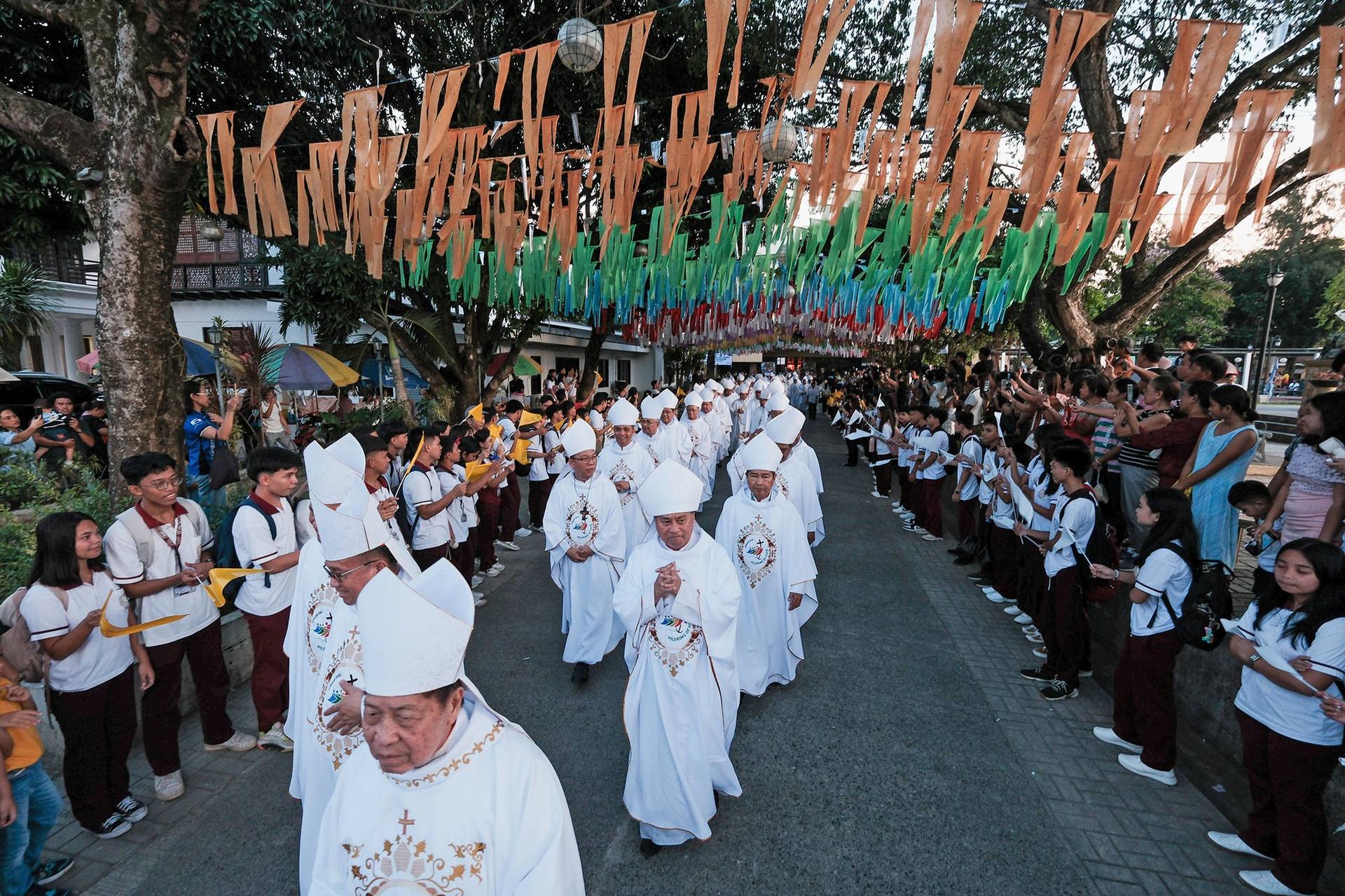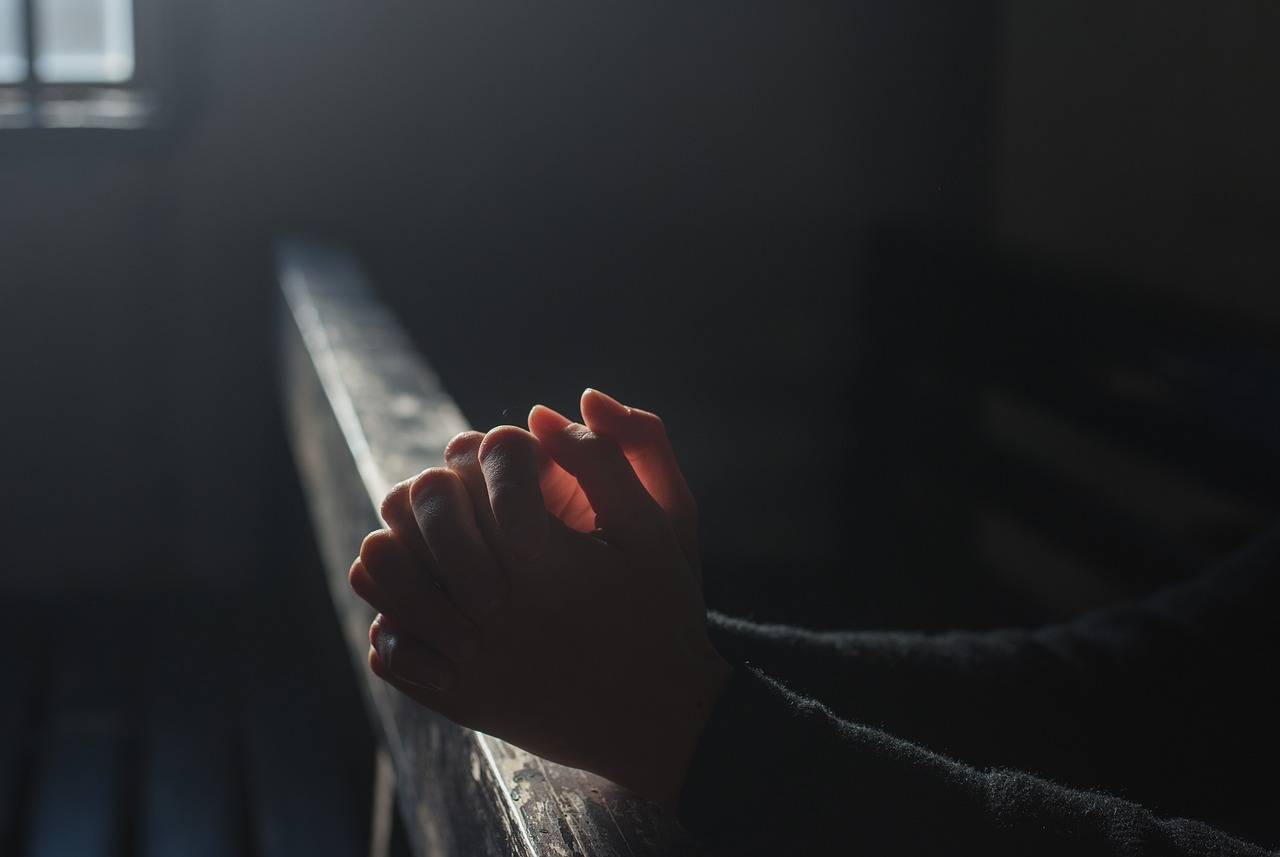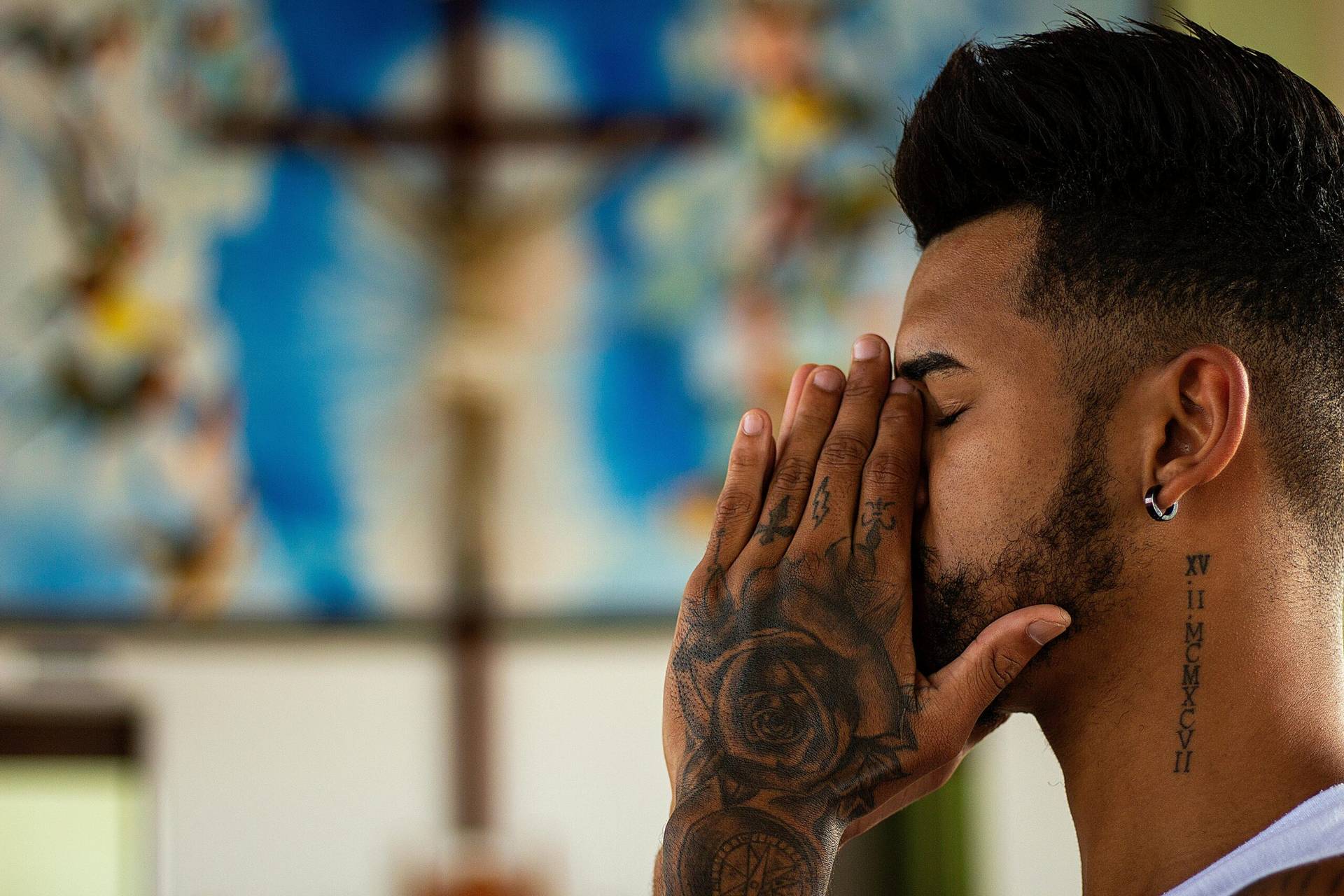“Catholic” means “universal” and unity is one of Catholicism’s main selling points. Catholics claim that brothers and sisters from every race, language, ethnicity and tribe are united around one Lord, one faith, one baptism. However, the elephant in the sanctuary is the obvious division between traditionalists and modernists.
To put it bluntly, since the Second Vatican Council two tribes have emerged within the Catholic Church. To avoid contentious and confusing terminology let’s refer to the two groups as “old order” and “new order”.
Old order Catholics love the Latin Mass with all the trimmings. They strive to uphold a strict moral code, are devoted to the family and are dedicated to issues surrounding traditional sexuality and pro-life causes. They like Catholic churches to look Catholic, and value traditional iconography, music and spirituality.
They’re suspicious of modern society and see personal responsibility and individual holiness as the answer. When contemplating the story of the woman taken in adultery they focus on Jesus’ words, “Go and sin no more.”
New order Catholics are happy to celebrate the Novus Ordo Mass in a fan shaped auditorium church. They like the priest to preach warmhearted, affirming homilies and are happy that everyone—from children to old people seem to be participating in the Mass. Their music is contemporary and the mood is upbeat.
They want to welcome all and are more inclined to support “community peace and justice” initiatives. They are more inclined to see sexual morality as a private choice according to one’s conscience. They like Jesus’ words to the adulterous woman, “Neither do I condemn you.”
Are Catholics all one, big happy family, or is it really the case that there is a deep chasm running right down the center of the Church? It is arguable that the divide is real, and that it runs much deeper than just preferences in liturgical tastes. Those who emphasize the depth of the division would say that the differences in liturgy, music, architecture and culture are evidence of profound theological disagreements.
The old phrase, “lex orandi lex credendi” (how you pray is how you believe) gives weight to the observation that the external differences are the manifestation of a deeper divide. In other words, Old Order Catholics and New Order Catholics behave differently because they believe differently. Can the chasm be bridged by liturgical rapprochement?
Writing at The Tablet, Christopher Lamb says, “The Cardinal leading the Vatican’s divine worship office has called for a truce in the Church’s liturgy wars and has set out steps for a ‘reconciliation’ between the old and new forms of the Mass.”
In an article for French magazine La Nef, Cardinal Robert Sarah called for the phrase “reform of the reform” to be avoided.
Sarah wrote, “‘Reform of the reform’ has become synonymous with dominance of one clan over the other…This expression may then become inappropriate, so I prefer to speak of liturgical reconciliation. In the Church, the Christian has no opponent!”
Sarah pointed out that when Pope Benedict XVI gave open permission for the old Mass (the extraordinary form) to be celebrated, the idea was not to create two opposing tribes in the church, but for the two legitimate forms to “mutually enrich” one another.
To put it simply, the New Order Catholics might learn to be a bit more contemplative and reverent, while the Old Order Catholics might learn how to make Mass more relevant and accessible.
Sarah went on to suggest some ways this reconciliation might be facilitated:
- New Order and Old Order Catholics should use the same calendar of feasts.
- Reverence would be enhanced by receiving communion on the tongue while kneeling.
- Traditional prayers at the foot of the altar could be restored.
- The priest keeping his fingers together after the consecration would enhance reverence and respect.
While the cardinal’s suggestions are interesting, they are also fairly insignificant. At a conference in London last year Sarah was more radical. He encouraged priests to celebrate Mass ad orientem—facing in the same direction as the people. The pope subsequently corrected Sarah, saying no such instruction should be given.
It would seem the division between Old Order Catholics and New Order Catholics extends even to the pope and the Prefect of his Congregation for Divine Worship and the Discipline of the Sacraments.
Sarah’s efforts at reconciliation are praiseworthy, but they were mostly attempts to correct New Order Catholics. Old Order Catholics could use some correction too.
So here are some further suggestions about the liturgy wars from a priest in the trenches.
- To aid participation and understanding, the Scripture readings should all be in the vernacular.
- Gregorian chant and sacred polyphony can be properly augmented with hymns in the vernacular which illuminate the readings of the day.
- New Order Catholics could choose and learn the older hymns that are more rooted in sound theology and Scripture.
- On a regular basis, the Novus Ordo in Latin could be celebrated by Old Order Catholics as a way to help congregations understand and accept the Novus Ordo.
- Likewise, the Novus Ordo in Latin could be celebrated by New Order Catholics as a way to re-vitalize the great tradition and make the Extraordinary Form intelligible and acceptable.
- New Order Catholics could make more effort to understand and integrate historical forms of architecture and art.
- New Order priests can incorporate more time for silence and adoration into their celebration. While they may not celebrate ad orientem – they might face East in silent prayer with their people at appropriate points in the liturgy. (After the Kiss of Peace, during the Agnus Dei and fraction, and after communion.)
- Old Order priests could face the people and interact with them at appropriate points. (At the “Lift up Your Hearts” the invitation to prayer, to confession and prayers at the altar.)
- Both Old Order Catholics and New Order Catholics could focus more on Scripture and invest time and training in improving the quality of preaching.
In these ways and many more, the celebration of Mass could be a real point of convergence and unity rather than division and tribalism. The Old Order Catholics emphasize the sacred sacrifice of the Mass, while the New Order Catholics celebrate the shared memorial meal.
Both understandings are true, and by remembering both, Catholics will bridge the divide between the tribes by reconciliation and convergence, instead of withdrawal into their own safe space.















